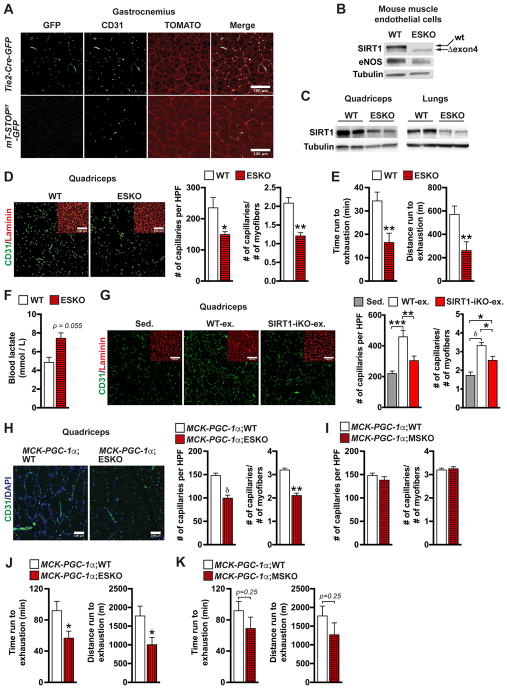Figure 2. Endothelial SIRT1 deletion mimics the effect of aging on capillary density and endurance.
(A) Gastrocnemius sections (@40X) showing GFP, CD31 and mTOMATO protein expression.
(B) SIRT1 and eNOS protein abundance in ECs isolated from skeletal muscle of WT and ESKO mice. SIRT1 exon 4 excision in ESKO results in SIRT1 band (Δ exon4) running slightly below the WT band. Tubulin serves as a loading control.
(C) SIRT1 protein in lung and quadriceps. Tubulin serves as a loading control.
(D) Quadriceps sections (@20X) showing CD31 and laminin staining. Number of capillaries and capillary/fiber ratio (6-month old, n = 8).
(E) Duration and distance run until exhaustion in a high intensity treadmill test (6-month old, n = 8).
(F) Post-exercise serum lactate levels (6-month old, n = 5).
(G) Quadriceps sections (@20X) from sedentary (SIRT1-iKO + WT) and exercised mice showing CD31 and laminin staining. Number of capillaries and capillary/fiber ratio (10-month old, n = 6).
(H) Quadriceps sections (@40X) showing DAPI and CD31 staining. Number of capillaries and capillary/fiber ratio (4-month old, n = 6).
(I) Number of capillaries and capillary/fiber ratio in the quadriceps (4-month old, n = 6).
(J) Duration and distance run until exhaustion in high intensity treadmill test (4-month old, n = 7).
(K) Duration and distance run until exhaustion in high intensity treadmill test (4-month old, n = 7).
Data expressed as mean ± SEM. *p < 0.05, **p < 0.005, ***p < 0.0005, δp < 0.00005 by Student’s t test (D–F and H, J, K) or one-way ANOVA with Bonferroni’s corrections (G). See also Figure S2 and Movie 1

